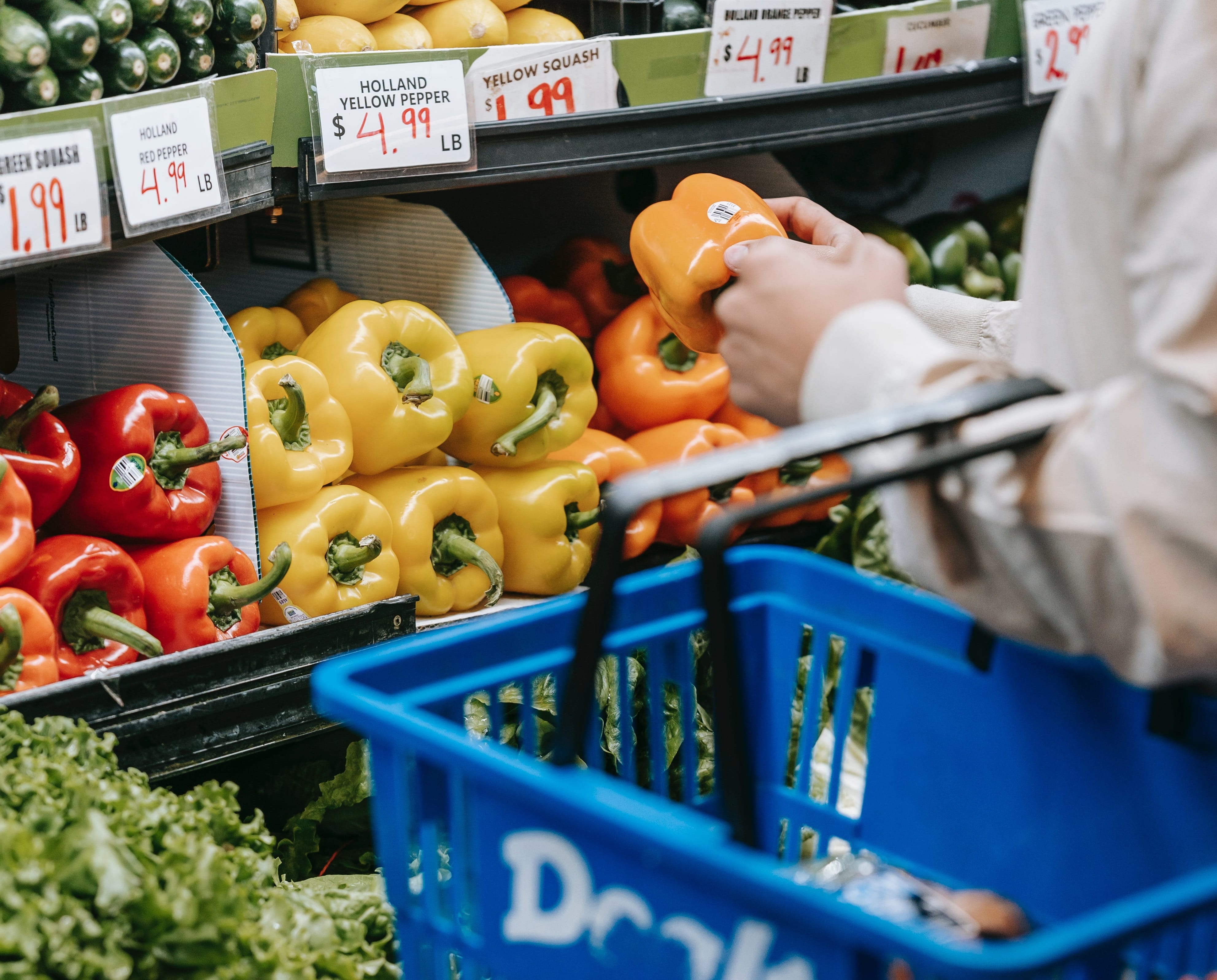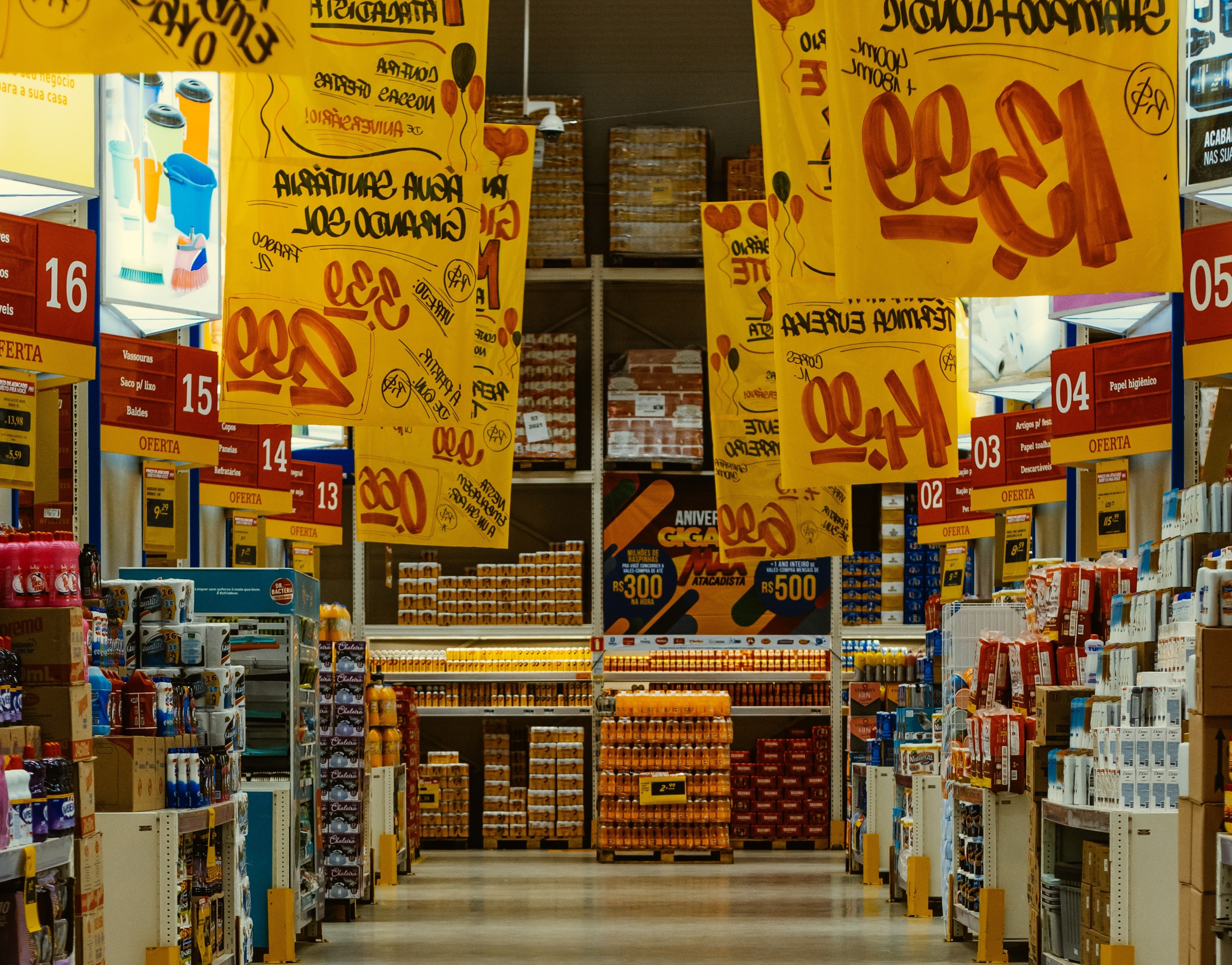
Why do people use 99c and magic number pricing? 📢 Podcast Ep. 46
In this episode of Pricing College – we look at the concept of magic numbers and using 99c (99c and magic number pricing) and even options like 95c or 90c.
Does it really help you sell more than quoting full dollar pricing.
Is the market moving beyond this type of pricing nowadays?
Listen on Apple Podcasts Listen on Spotify Listen on Google Podcasts Listen on Stitcher Listen on Amazon Music
TIME-STAMPED SHOW NOTES:
[00:00] Introduction
[01:06] Where do 99c and magic number pricing begin?
[02:08] The psychological effects of 99c and magic number pricing in the customers
[03:22] Aidan give examples of companies that use 99c and magic number pricing
[04:22] Joanna explains what is price signalling.
[06:11] For consumers, 99c indicates that the products are discounted but take away the luxury aspect
What are 99c and magic number pricing?
In today’s episode, we’re going to cover that most fundamental or maybe most famous pricing technique or strategy. The magic number such as 99 cents 90 cents or something like that.
For pricers out there this is an important topic for everyone, not just consumers. Because often you do a lot of work on figuring out price ranges, price bandwidths. Then often, the afterthought of, what is the actual price going to be? What should it look like is an afterthought and often rushed through.
So, we think it’s an important concept for both consumers and pricing professionals.
That’s right. This may be old hot for some of the more expert listeners. But I think for the more general listener, it could be quite interesting.
There is a lot of literature probably more literature than any other area in pricing on those 99 cents and magic numbers, do they actually work? We’ve gone through some of the literature and like anything in academics, there’s pros and cons.
Fundamentally, what we’re talking about is charging either $1 for a product or 99 cents for a product.
There are many reasons why this myth has grown. Why this habit may have appeared to begin with? Some of what we’ve read is that initially, it started to stop theft in shops.
So when you went in to buy a product for $1 the shopkeeper or the shop attendee could just take $1 and pocket it themselves. If it was 99 cents they have to open the till give you a change or a cent. And it was a much more safe mechanism for the shop. There was a lot more research about whether or not there are psychological aspects for the number.
The psychological effects of 99c and magic number pricing on the customers
In terms of the psychological aspects that mean…
- How do our brains think when we look at numbers?
- How do we process those numbers?
- What do we like?
- And, what our brain doesn’t like?
And apparently, we like the 99 cents. Why?
Well, I think it’s because according to research when you put 99 cents there it increases demand. People buy more.
But it also has the effect of reducing the size of the number of prices. So, it makes the price seem cheaper and the brain processes the 99 cents quicker. It also reduces rounds down the number at the left, it rounds it down. So, it could be rounded down by 10, it could round it down by $1.
But whatever, it reduces the price, even though the price is roughly the same. So for instance, $4.99, the brain would reduce it down to say $4. But if you have it at a price point at $5 the brain goes… “Oh, that’s expensive”. There’s a psychological threshold between the two.
We still see this approach being used, even though the original mechanical version of the sense, the change and all that has expired.
But we still see it in iTunes where you can buy songs for 99cents. And Spotify is coming to her back but you can still buy songs for 99 cents. You can see it on Kindle for their specials with 99 cents. So it still has been very prominently used by major tech companies where there’s no mechanical reason for it. So, it must be the psychological aspects.
I think some of the best literature in the market is from the University of Chicago at MIT, over a period of years, which did look into it. And did show statistical evidence that people did view the putting of 9 at the end could boost sales. As Joanna said, it could make people see the prices lower.
There’s even some evidence that putting the price of 39 could even sell more than something at 34 because even the number 9 insinuated so more psychologically that it was better valued.

In terms of the price of 4.99, I think it’s important to say there’s alternative research that shows. Yes, you can have 99 on the right but that’s not enough. You’ve got to think about the digits on the left because the digits on the left can potentially anchor the eye and the customer to buy more or less.
It’s important to have your whole price position correctly.
Especially, when you’re comparing the retail price with a discount price. Like for instance, don’t just have like 80.49, and then 80.29 it’s better to have, 79.99 versus 80 that’s what the brain likes. It likes odd and even different so it can contrast.
I think there’s an important thing here, odds and evens.
The brain thinks of odds is sort of in some way it reduces the price. It thinks of it as bit as cheaper. Whereas the whole number, it thinks of it as more expensive.
So what you’ll find is that sort of more luxury products will have that whole number, it won’t round down. It won’t go down to like 99 because that insinuates cheap. It insinuates a sale or has been prior sales on the price point.
There’s some kind of gating process here when you have a whole number that they don’t want to be considered as cheap. So they keep at that sort of rounded whole number and that’s important for the brain.
As a consumer, you think, Okay, this is something good versus something cheap and this is all called price signalling.
I think that is clear. A lot of the academic evidence does suggest that when people see anything within 99, or 98 it insinuates it’s has been reduced.
There’s also evidence as some of this started in American department stores, before pre-World War II. When full price items were sold at $1, a flat dollar, or $5 and then discounted were sold at 98 cents almost as a ticketing system to indicate to the shopkeeper that was discounted.
There is academic evidence that people see 99 cents as a discounted price, then psychologically take away that luxury aspect.
The other thing I always think is a lot of times when you’re shopping specifically for non-essential items you try to justify to yourself that you’re getting a better deal. If you weren’t supposed to buy something and someone ask how much did cost, rather than saying $5 you might have said 4 if it was 4.99.
In just little techniques like the size of the actual price, research shows that if it’s an expensive price, make the number smaller.
If you’re discounting off the retail price, make the discount bigger, so you’re drawing attention to the discount. Other people argue the reverse. They say if you want to show the extent of the discount the value that somebody is getting from that discount what you should do is increase the size of the original price, and make the actual discounted price smaller. It depends, there’s research for both.
But the overall size of the price and what you’re trying to do is very important.
And this comes down to sales and pricing execution. For instance, when you see one of those sale boards put out on the shop front with 50% off.
Be very clear with the sizing of that 50% off don’t have contrary sort of double offers on one board like and make sure that your call to action is very clear and concise. No longer than seven words. Again research shows that consumers will ignore a long call to action. And will only take action when the action is clear and concise and they know what they need to do.
Makes sure that everything on that sale board is in line with the psychological research on pricing magic numbers. And literally, this all comes down to human processing. How do we think about numbers? What do we remember? And, what takes our attention?

For a comprehensive view on building a great pricing team to prevent loss in revenue,
Download a complimentary whitepaper on How to Build Hiring Capability To Get The Best Pricing Team
Related Posts
Leave a Reply Cancel reply
Categories
- marketing strategy (26)
- Organisational Design (14)
- Podcast (114)
- Pricing Capability (87)
- Pricing Career Advice (10)
- Pricing Recruitment (19)
- Pricing Strategy (289)
- Pricing Team Skills (13)
- Pricing Teams & Culture (24)
- Pricing Transformation (47)
- Revenue Model (25)
- Sales Effectiveness (27)
- Talent Management (7)
- Technical Pricing Skills (35)





